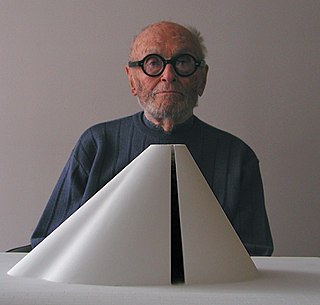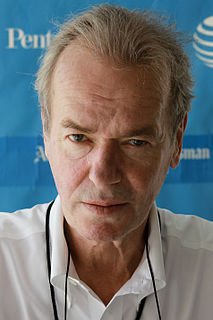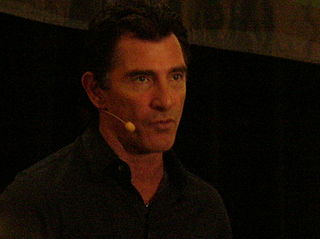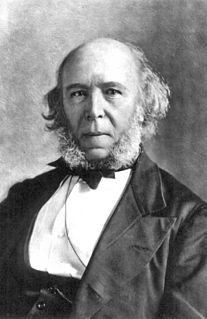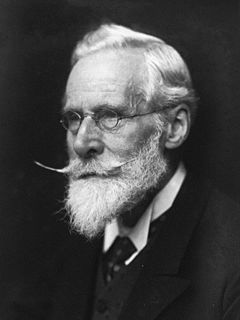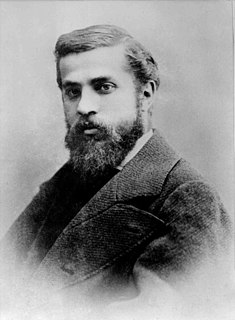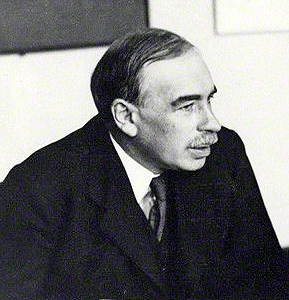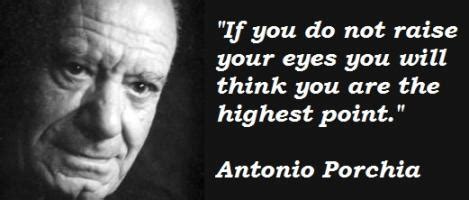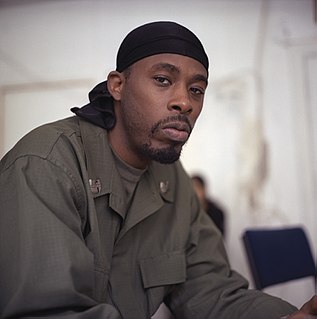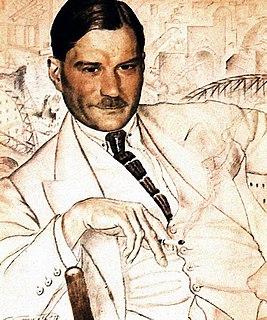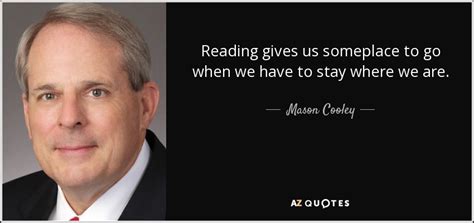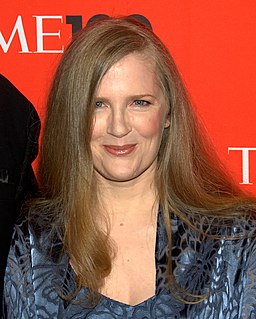A Quote by Margaret J. Wheatley
Life doesn't move in straight lines, and neither does a good conversation.
Quote Topics
Related Quotes
Concrete you can mold, you can press it into - after all, you haven't any straight lines in your body. Why should we have straight lines in our architecture? You'd be surprised when you go into a room that has no straight line - how marvelous it is that you can feel the walls talking back to you, as it were.
Who's straight? I'm not. I am bent gouged pinched and tugged at, and squeezed into this funny shape. Each life is a game of chess that went to hell on the seventh move, and now the flukey play is cramped and slow, a dream of constraint and cross-purpose, with each move forced, all pieces pinned and skewered and zugzwanged... But here and there we see these figures who appear to run on the true lines, and they are terrible examples. They're rich, usually.
The phenomena in these exhausted tubes reveal to physical science a new world-a world where matter may exist in a fourth state, where the corpuscular theory of light may be true, and where light does not always move in straight lines, but where we can never enter, and with which we must be content to observe and experiment from the outside.
The classical theorists resemble Euclidean geometers in a non-Euclidean world who, discovering that in experience straight lines apparently parallel often meet, rebuke the lines for not keeping straight as the only remedy for the unfortunate collisions which are occurring. Yet, in truth, there is no remedy except to throw over the axiom of parallels and to work out a non-Euclidean geometry.
In chess there can never be a favorite move. I can probably pinpoint in a specific game, there might be a move that was like, "Oh, that was a good move." And maybe certain moves turned the whole game around, but there's not one special move that does that, unless it's checkmate because that's when the game is over.


